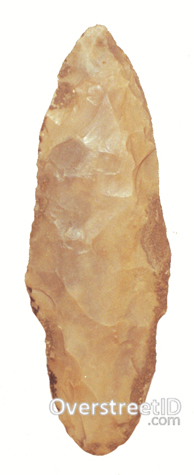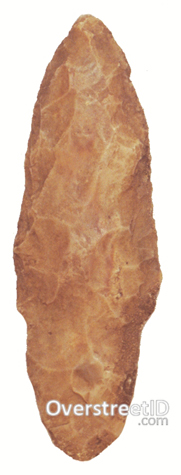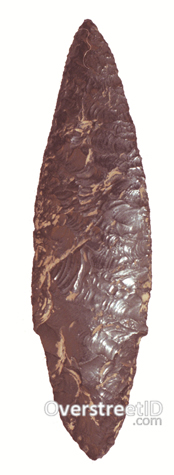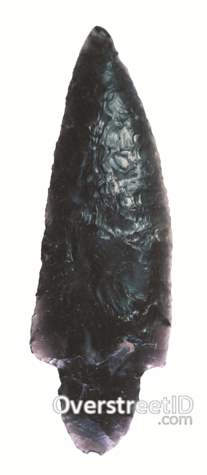A Word About Projectile Points
Many years ago when all fluted points were called Folsom, before archaeologists began to identify other forms, the literature available to the collector was sparse at best. Over the past 70 plus years, archaeologists and knowledgeable collectors continued to discover and identify new arrowhead types.
The Indian Arrowhead Identification Online Database showcases over 60,000 photographs - all of which have been included in the Indian Arrowheads Identification and Price Guide Ed. 1-12 that we, as passionate collectors, all have come to know and love.
By using this online database you will be able to identify arrowheads of all shapes and sizes by comparing your point's location with the nine geographic regions of the country provided.
With the Indian Arrowheads Identification Database, over 1000 individual types have been identified nation-wide. The database of tens of thousands of examples, which has taken over two decades to create, is now available on this website for the first time to arrowhead enthusiasts everywhere. There is no other digital library that compares to what you will find here. You will be able to easily identify your arrowhead types by comparing your points to the myriad of examples available here.
Good luck, and happy hunting!

-
Shape
Search for Arrowheads based on Shape

-
Region
Search for Arrowheads based on Geographic Regions

-
Alphabetical
Search for Arrowheads in Alphabetical Order
Lind Coullee
Description:
A medium to large size stemmed point with weak horizontal to sloping to very weak shoulders and a contracting to bulbous base. Stem sides are ground. The base is rounded. This point has been confused with the Parman point found in the Great Basin of Nev., N. California and S.E. Oregon. Both types have stem grinding, but the Lind Coulee is believed to be earlier. Crescents were found on the type site in Washington associated with this type. This type develops into Alberta and Parman and coexisted with Clovis in the Great Basin. Note: Hasketts and Lind Coulees were found together at Cooper’s Ferry, Idaho and dated at 11,500 B.P., 1,000 years before Parman.












